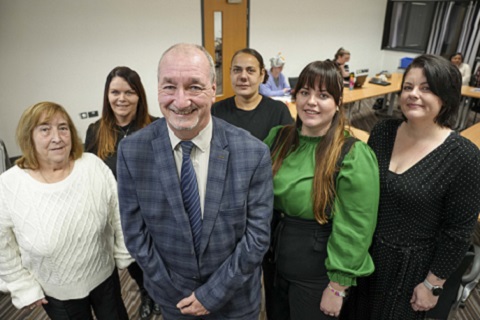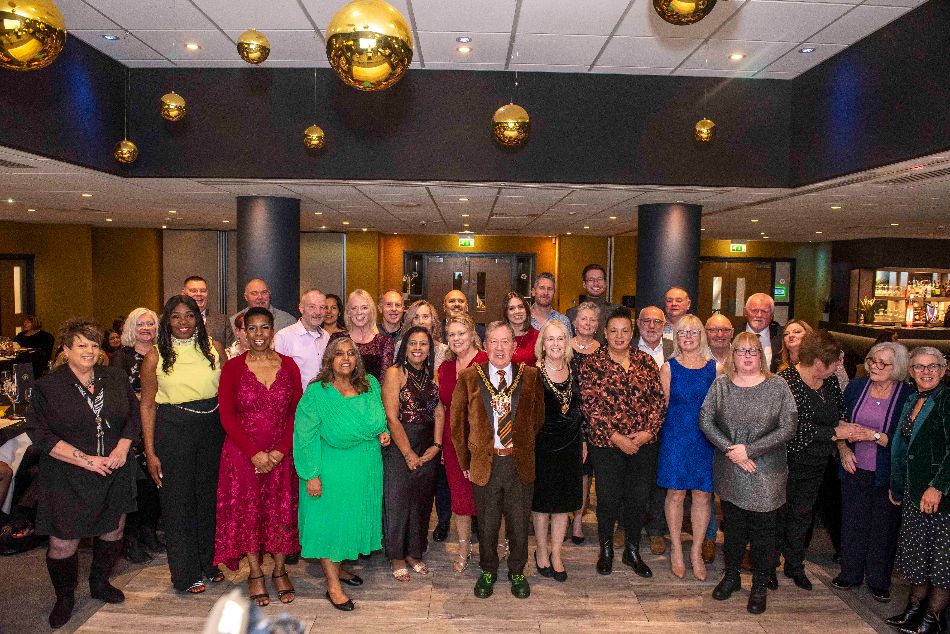A new booklet has been published telling the story of multi-storey council flats in Wolverhampton and the Black Country.
Starting in the 1950s, more than 270 blocks of high-rise flats were built in what became the boroughs of Wolverhampton, Dudley, Sandwell and Walsall. ‘Living in the Sky: A History of High-Rise Council Flats’ in the Black Country is the result of the Heritage Lottery-funded project Block Capital, an investigation of their history based at Wolverhampton Art Gallery.
It captures the story of the architecture, including the boom in Modernist construction in the 1960s, but also the human stories, the experience of some of the tens of thousands people whose lives they have affected.
‘Living in the Sky’ is based on an investigation carried out by more than 50 volunteer researchers. They have created an archive of material collected during the investigation, including photographs, documents, and oral history recordings. More than 60 personal stories were also recorded during the process, creating a record of dozens of face-to-face interviews with tenants, former tenants, council employees and others. A number of them can be heard online at www.distinctlyblackcountry.org.uk.
Paul Quigley, project researcher, said: “The history of social housing is vitally important heritage – it has touched the lives of hundreds of thousands of people in the Black Country. Living in the Sky is a short summary of the story of local high rise. It discusses the subsidies which help create the boom in multi-storey council flats in the 1950s and 60s, the experience of living in them, and the demolitions and refurbishments which have characterised the last 20 years.”
‘Living in the Sky: A History of High-Rise Council Flats in the Black Country’ is available free from most libraries or museums in the Black Country, including Wolverhampton Art Gallery, Bilston Craft Gallery and Bantock House Museum, or by emailing This email address is being protected from spambots. You need JavaScript enabled to view it..
A number of local organisations supported the project, including Sandwell Community Information & Participation Service, Walsall Tenants & Residents Federation, WAVE, the arts and museums of Wolverhampton, and the Wolverhampton Federation of Tenants Associations.
















